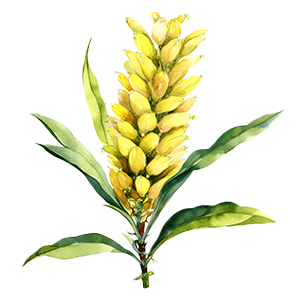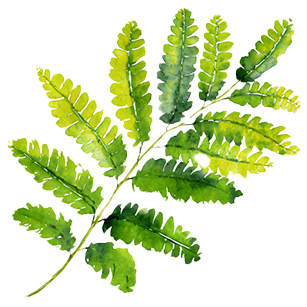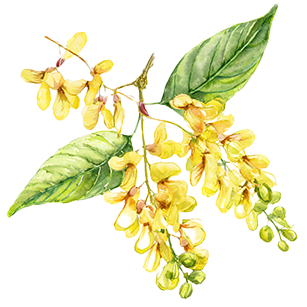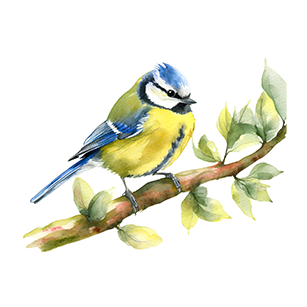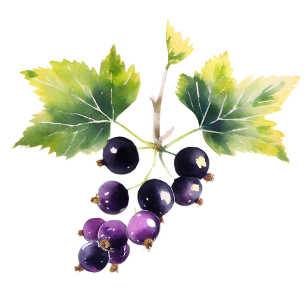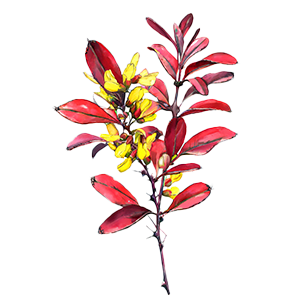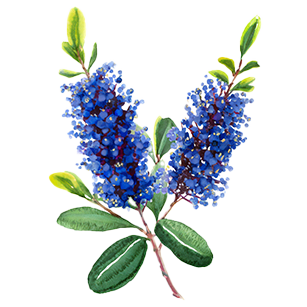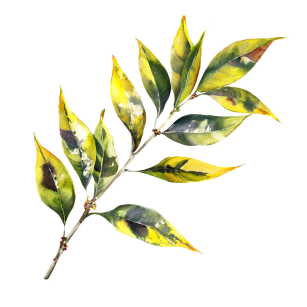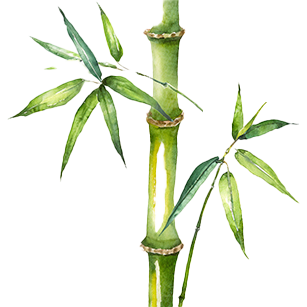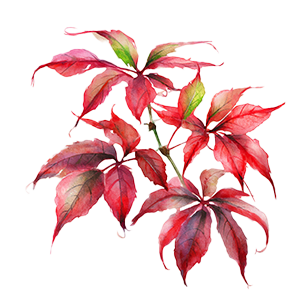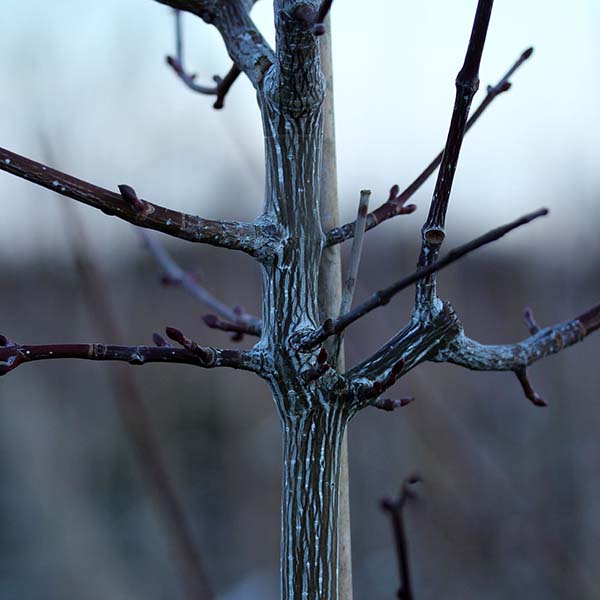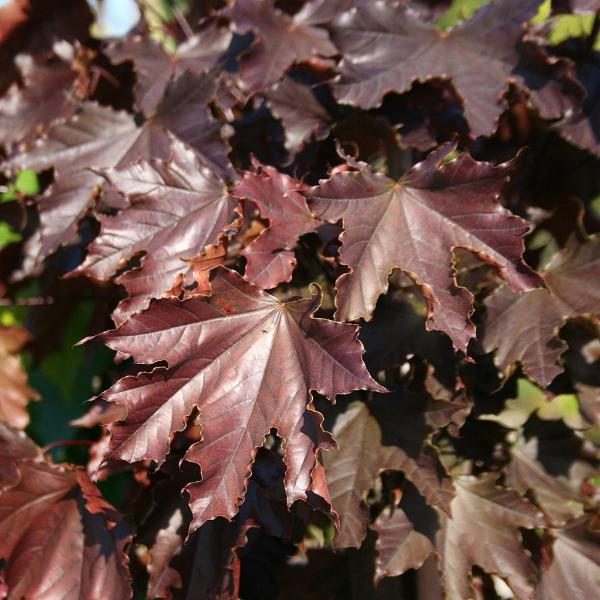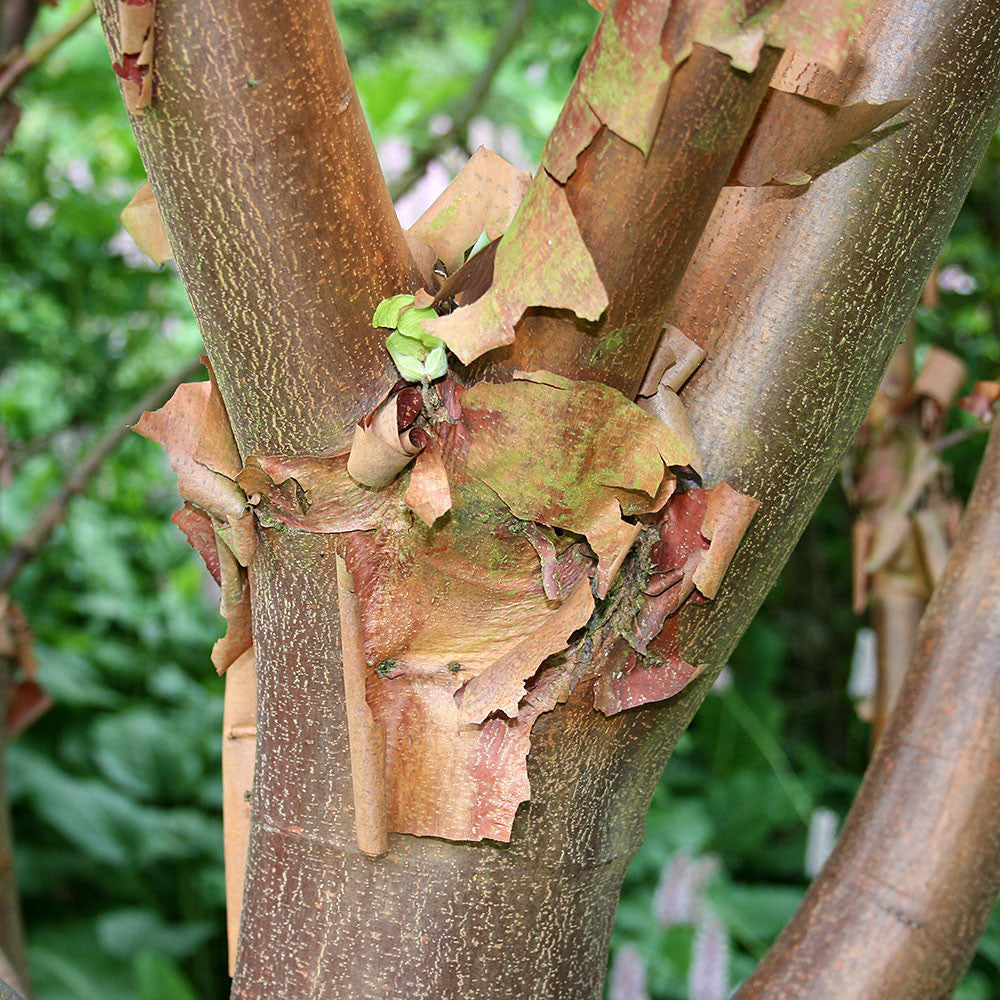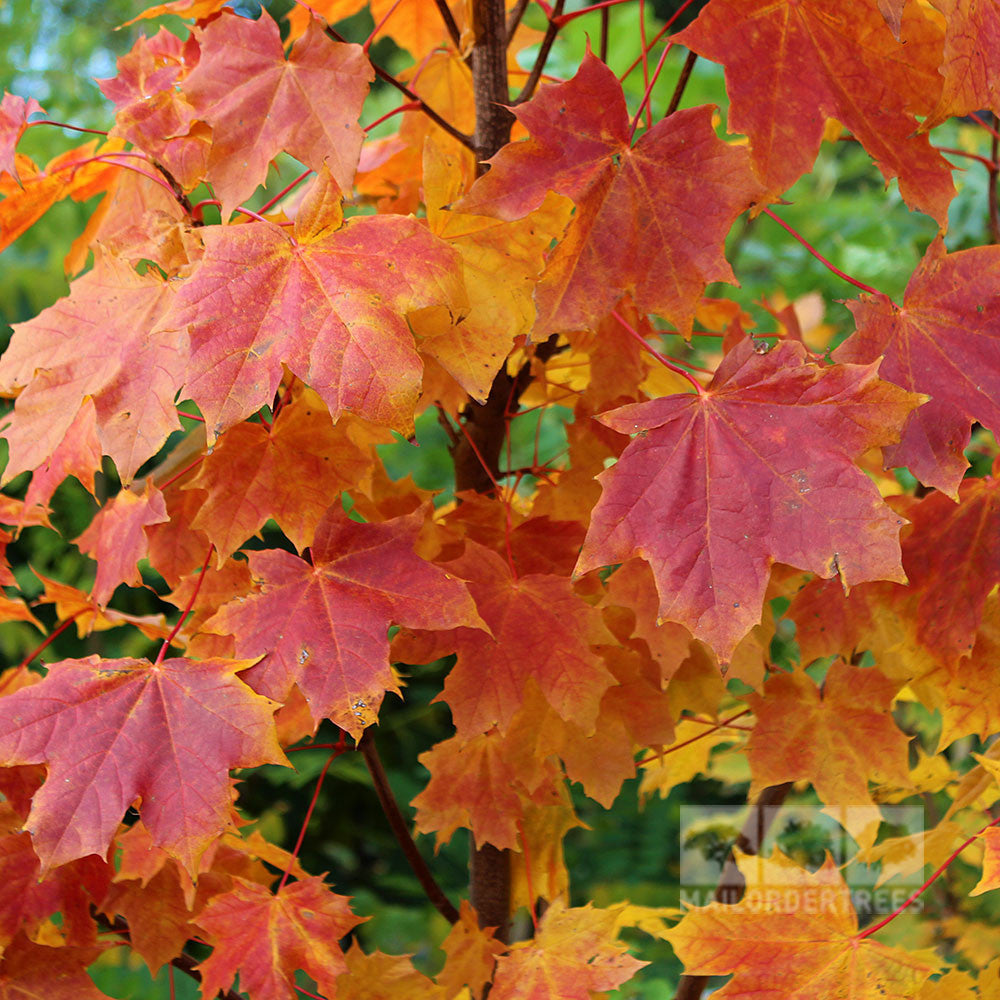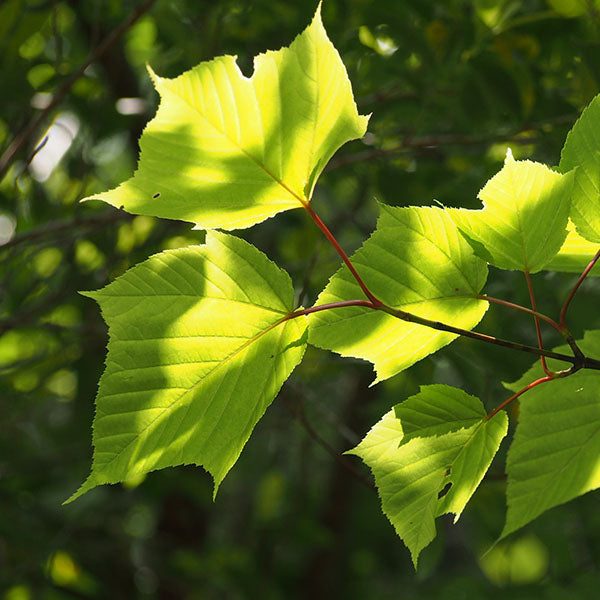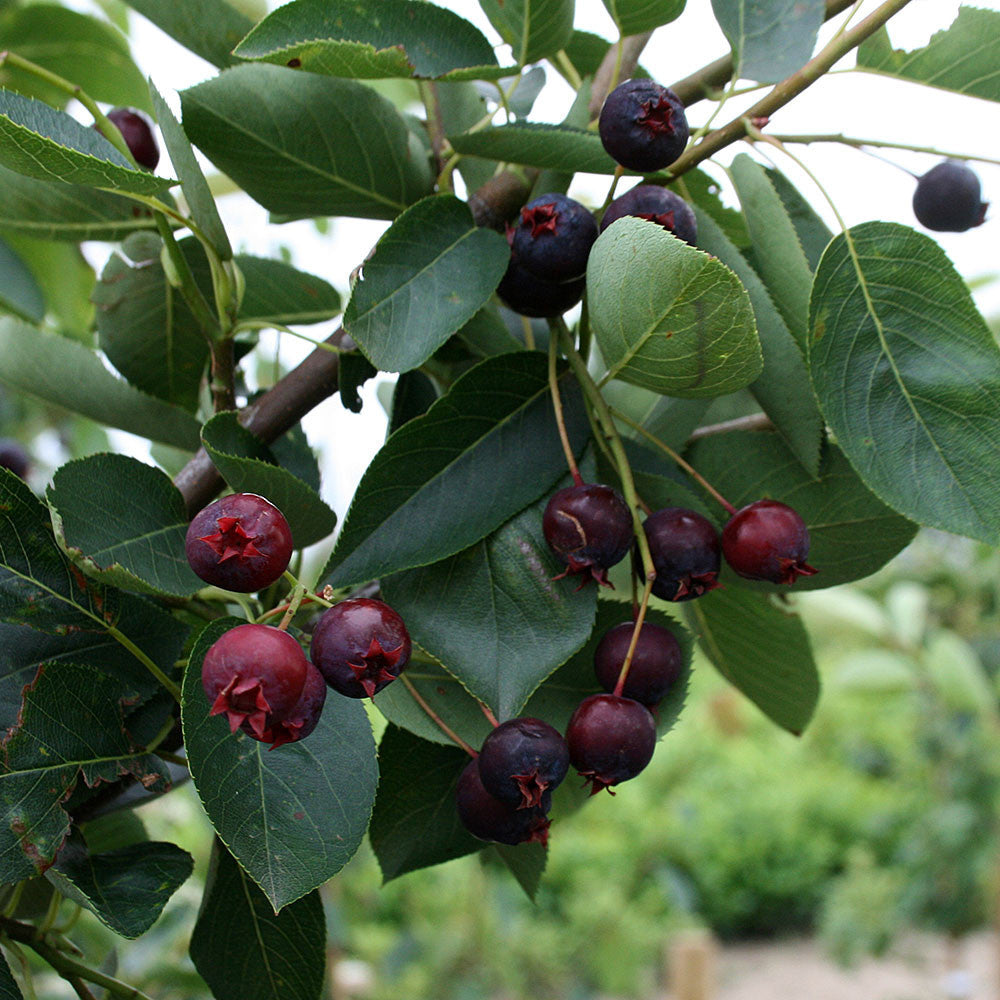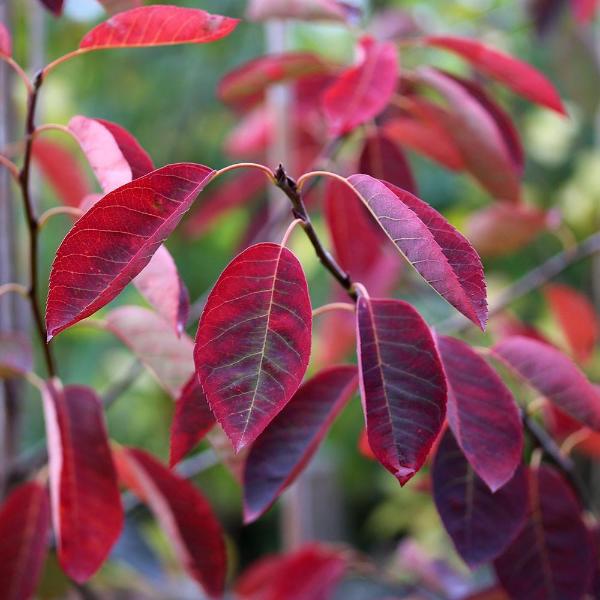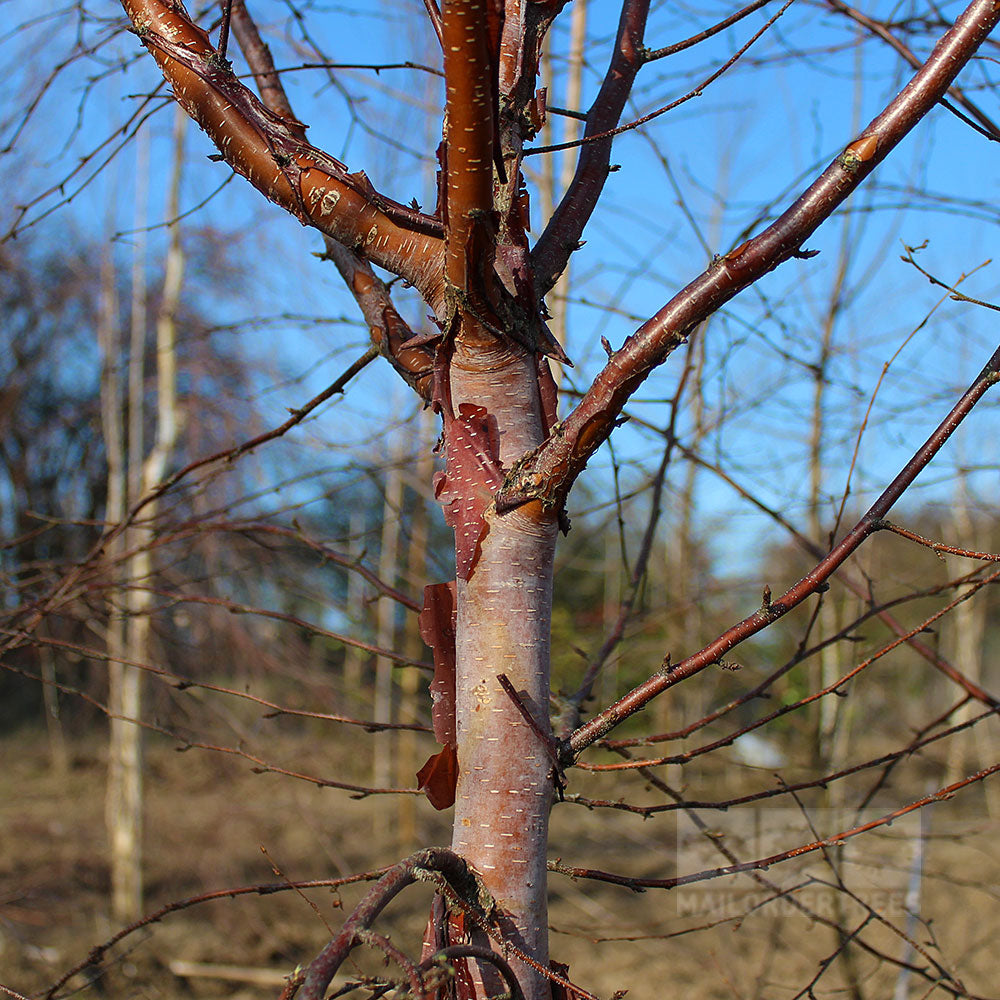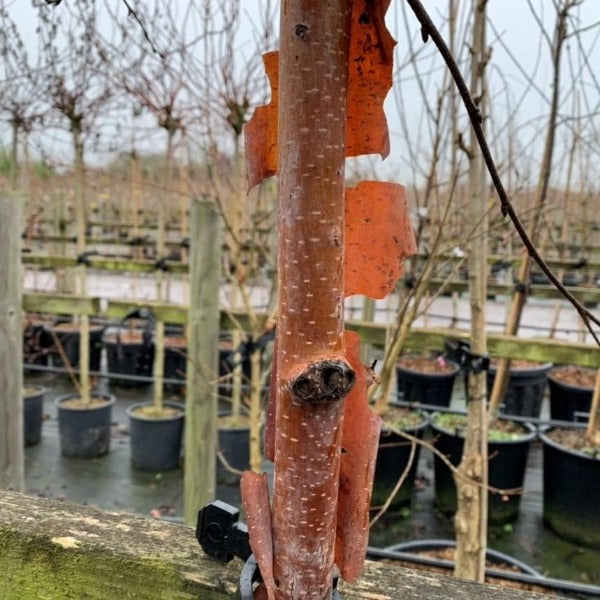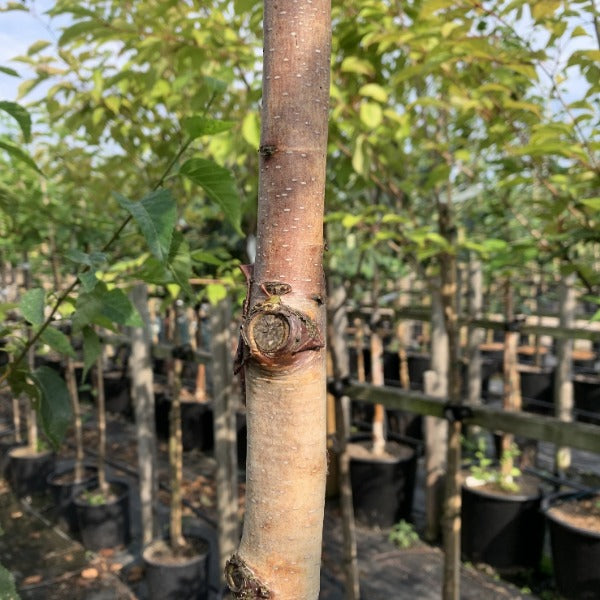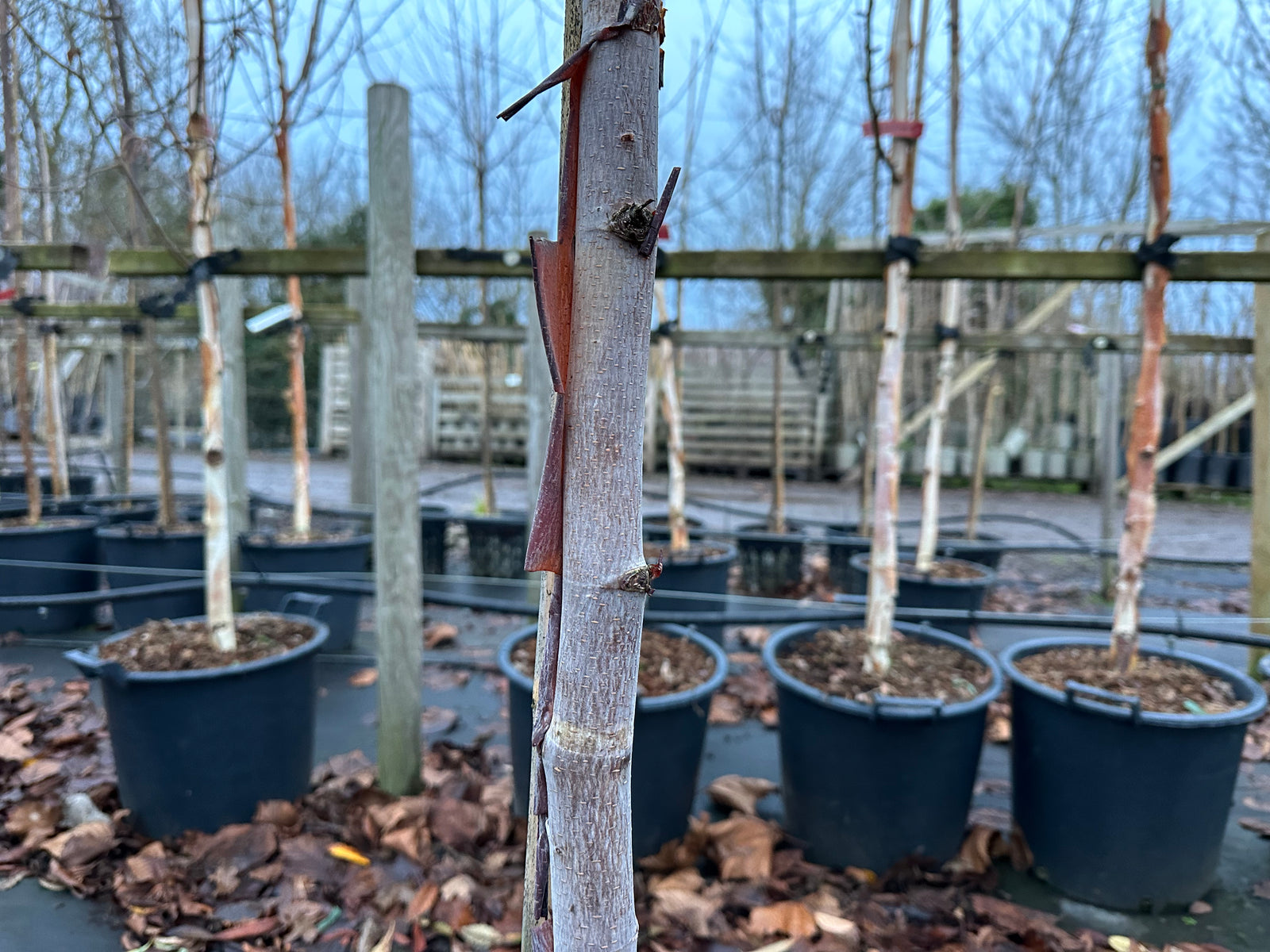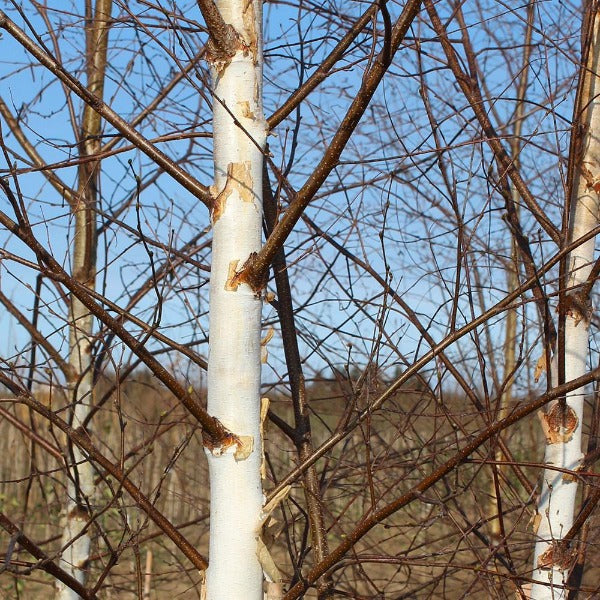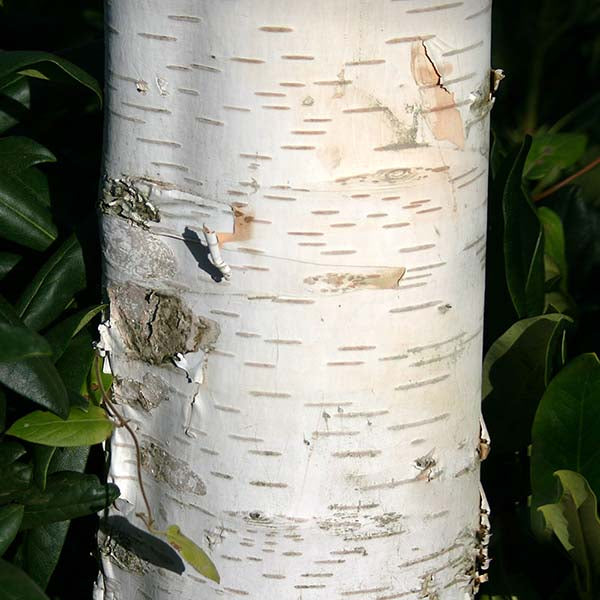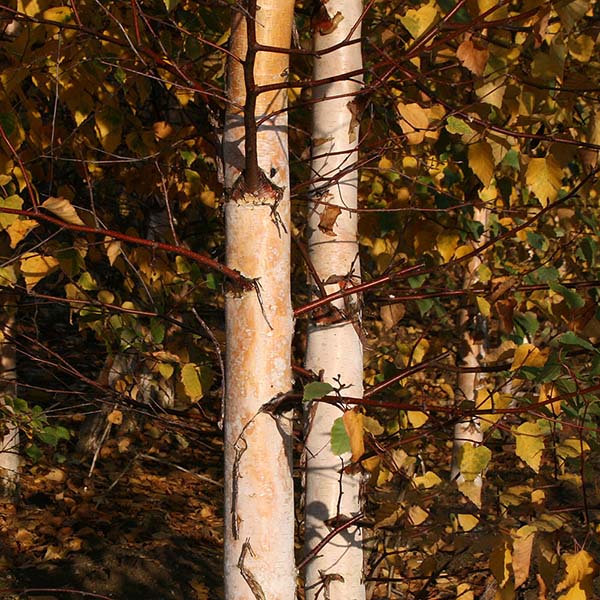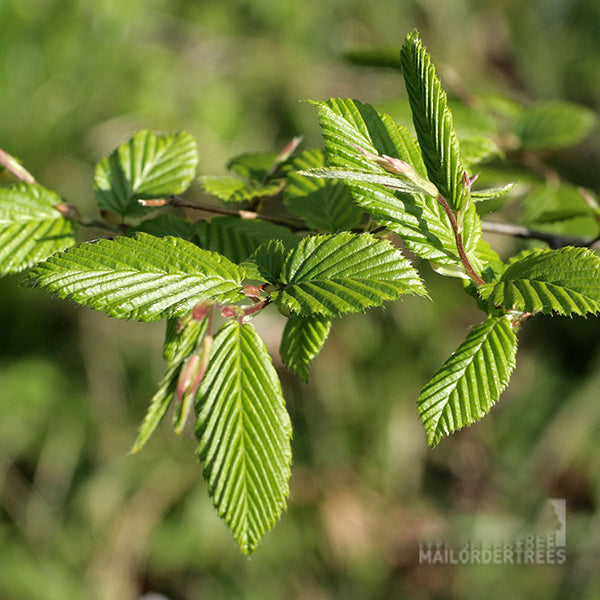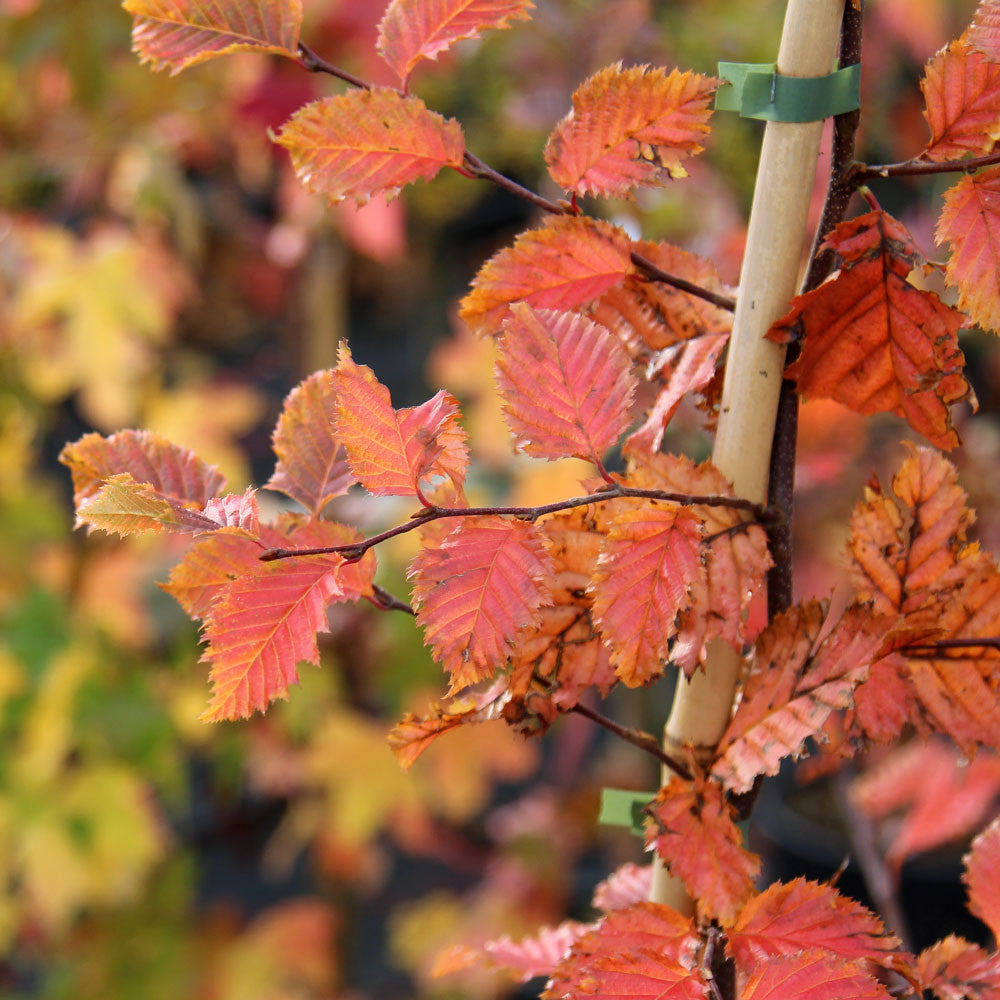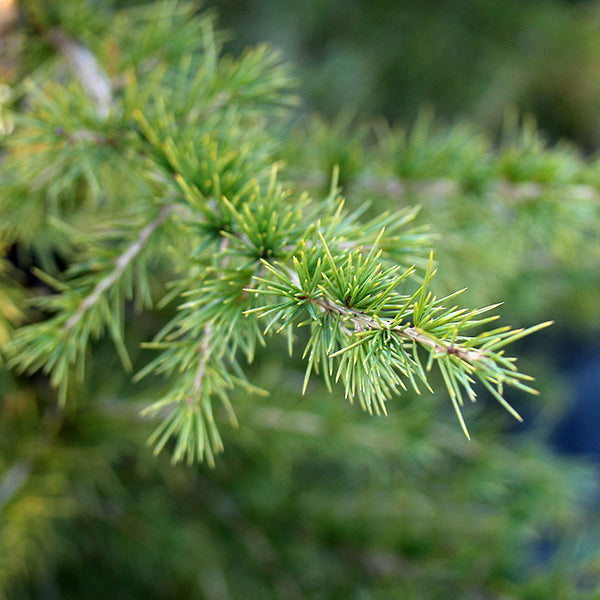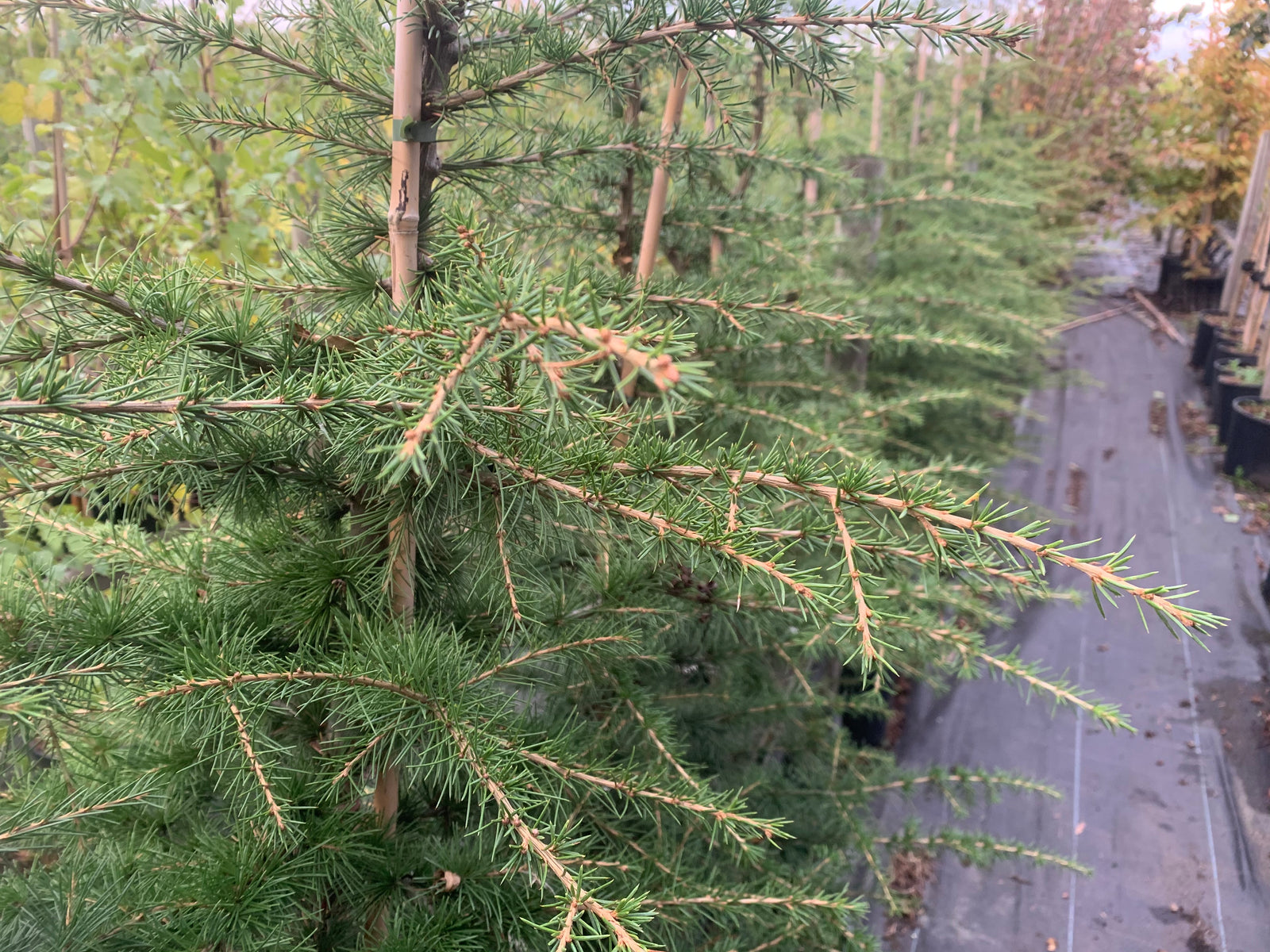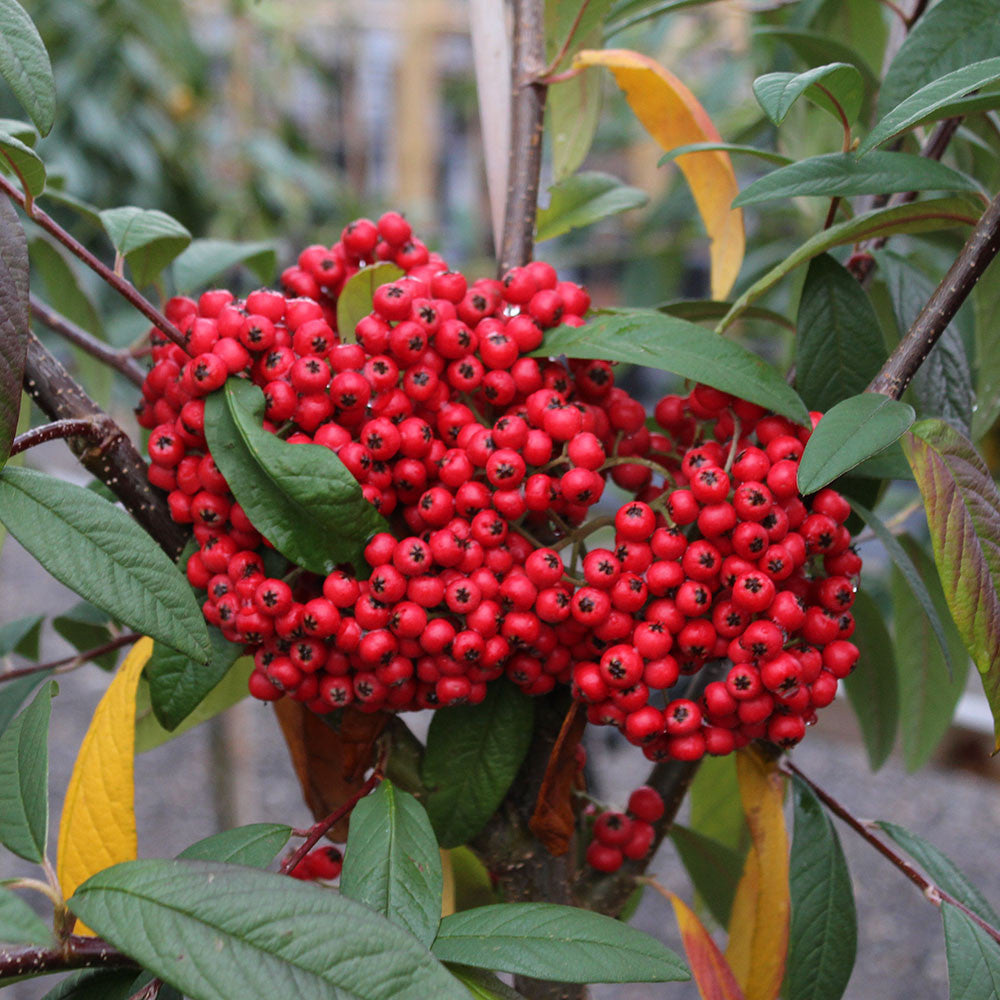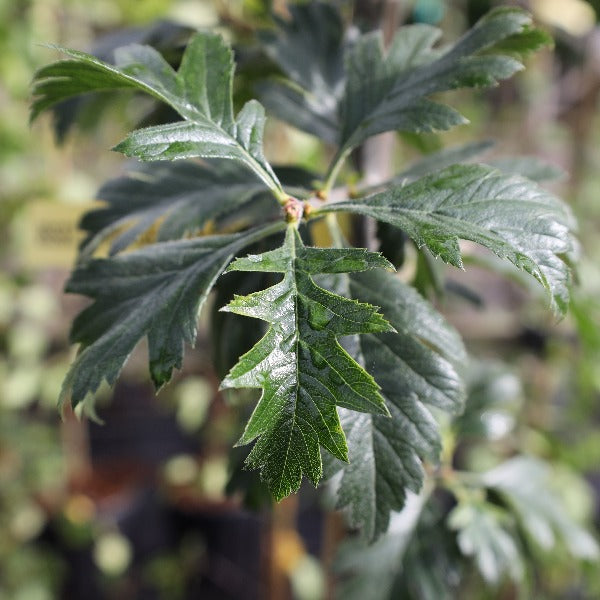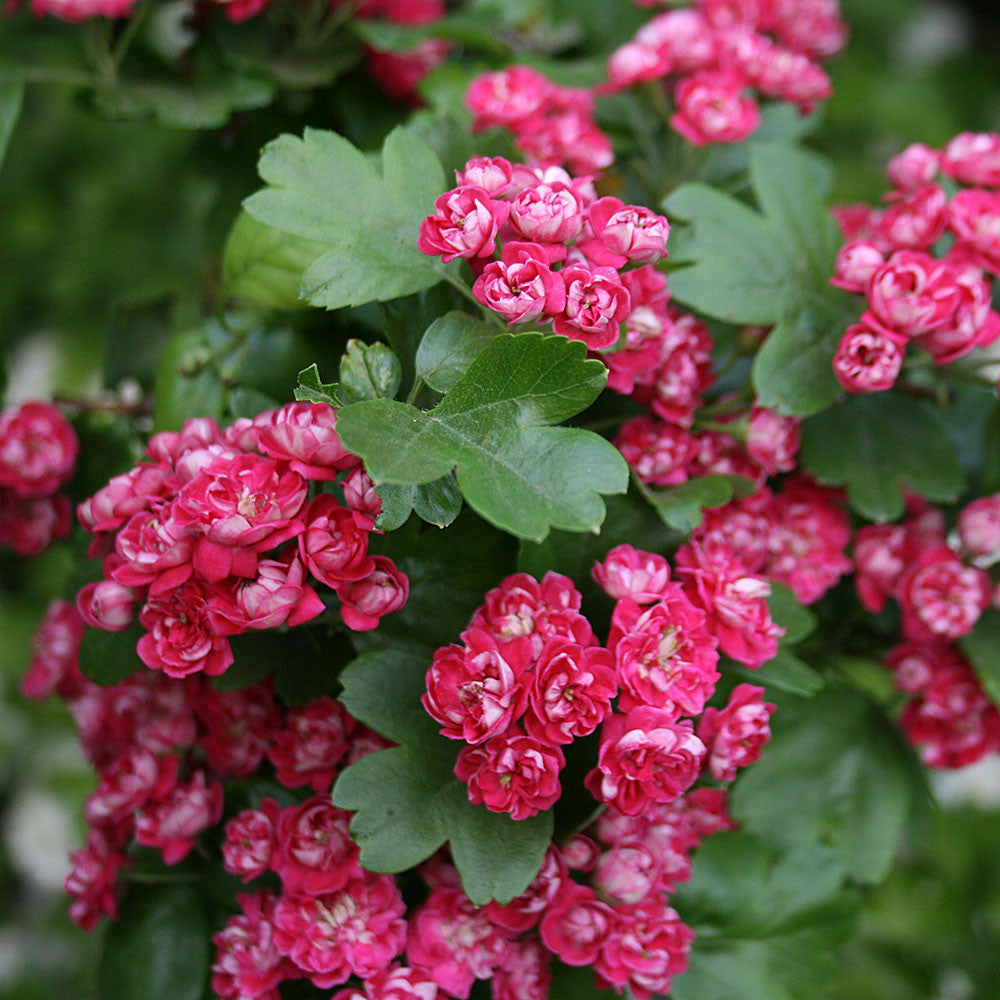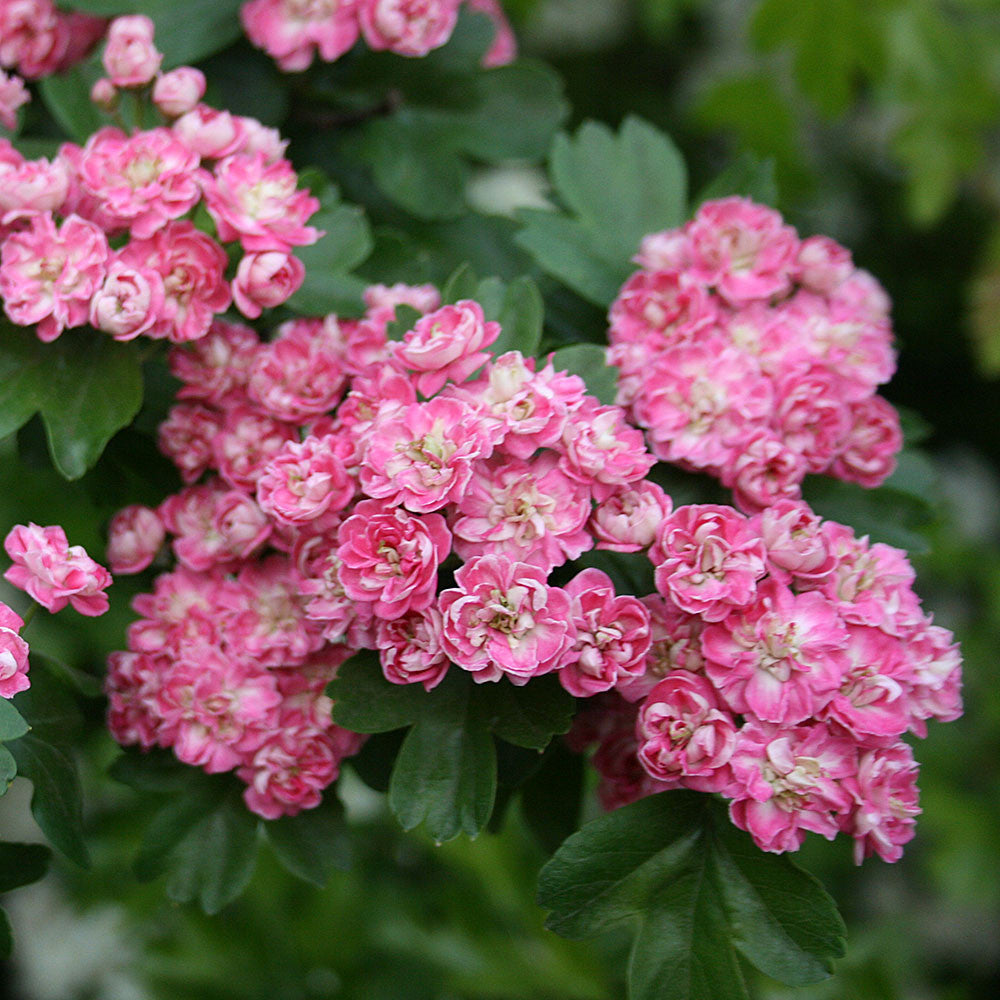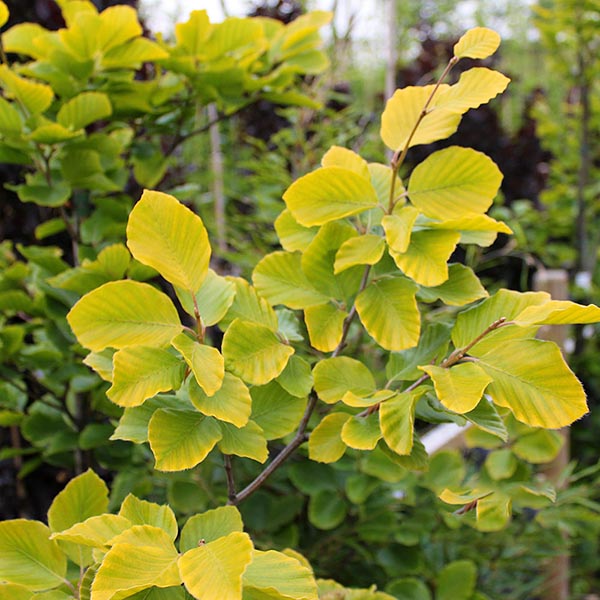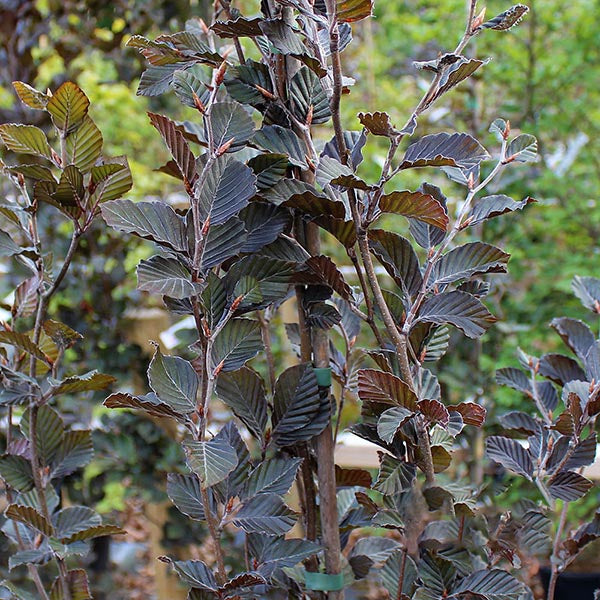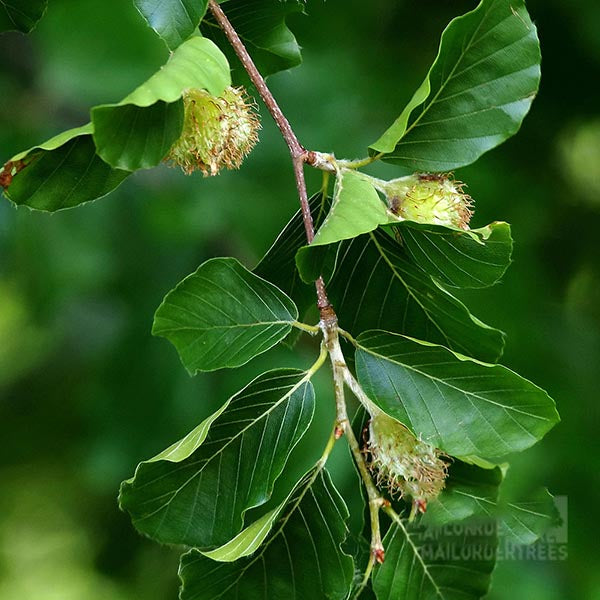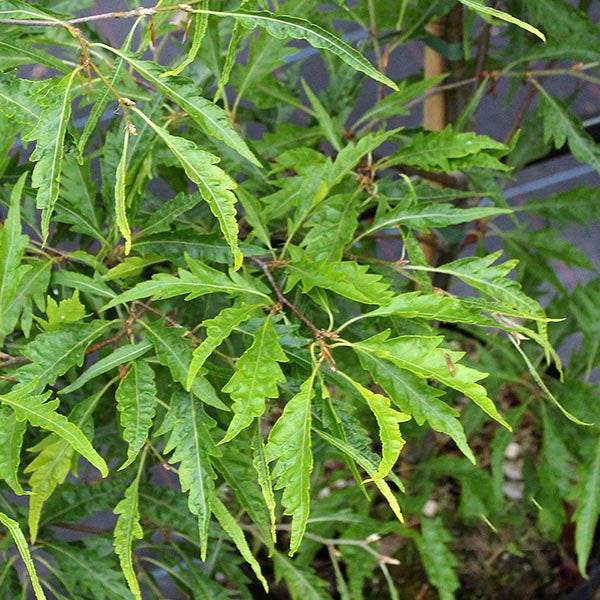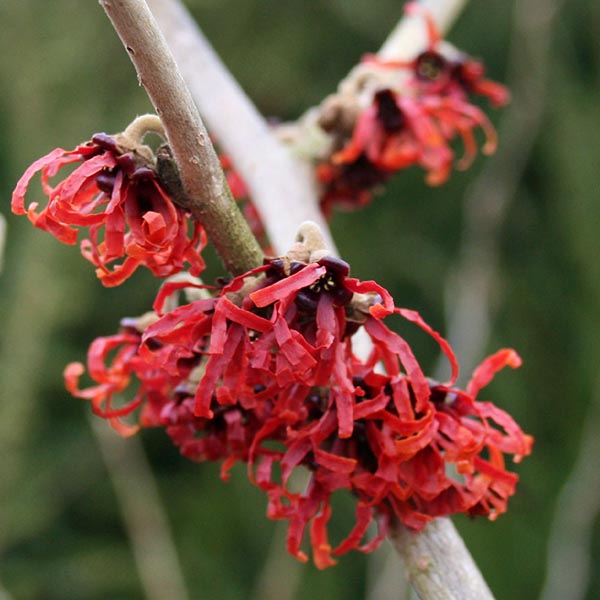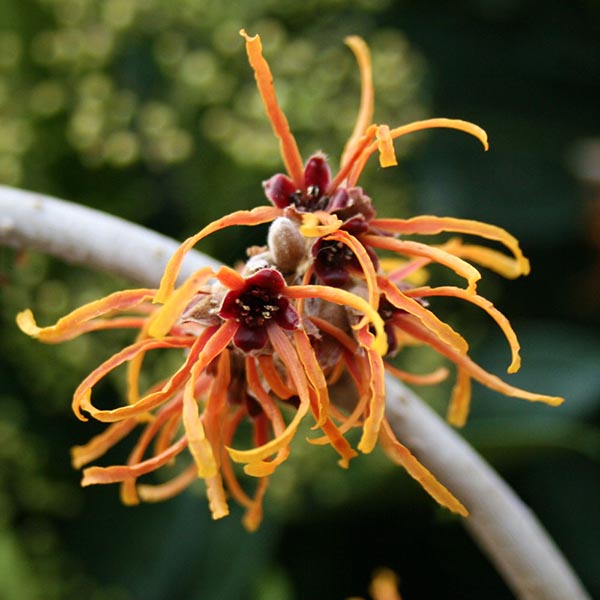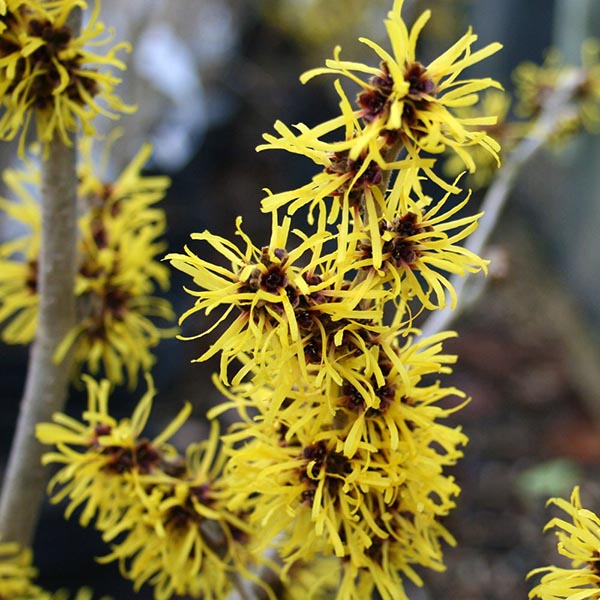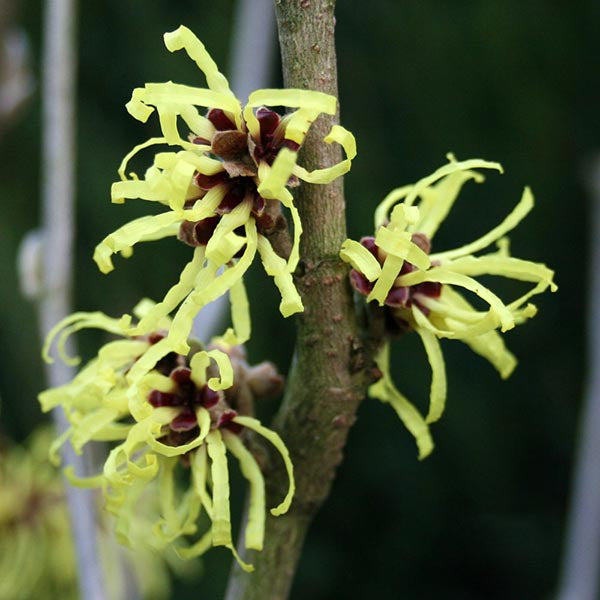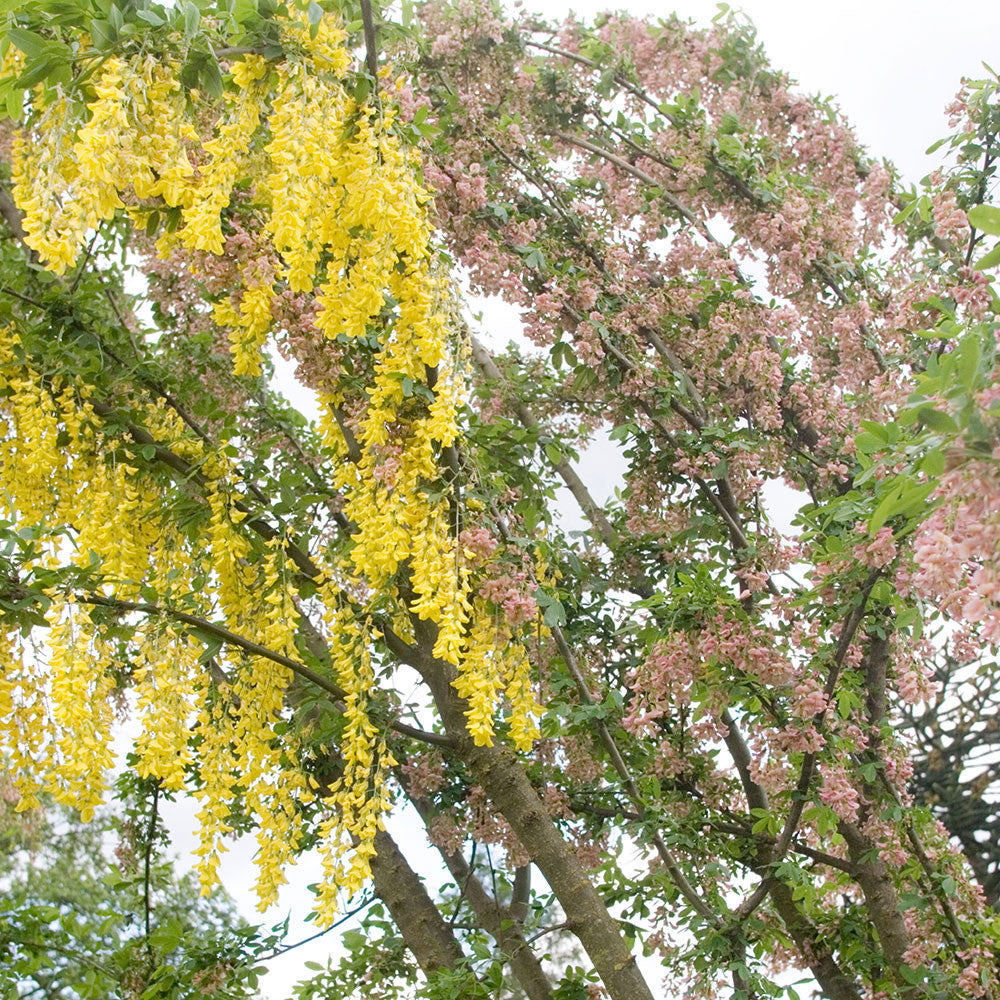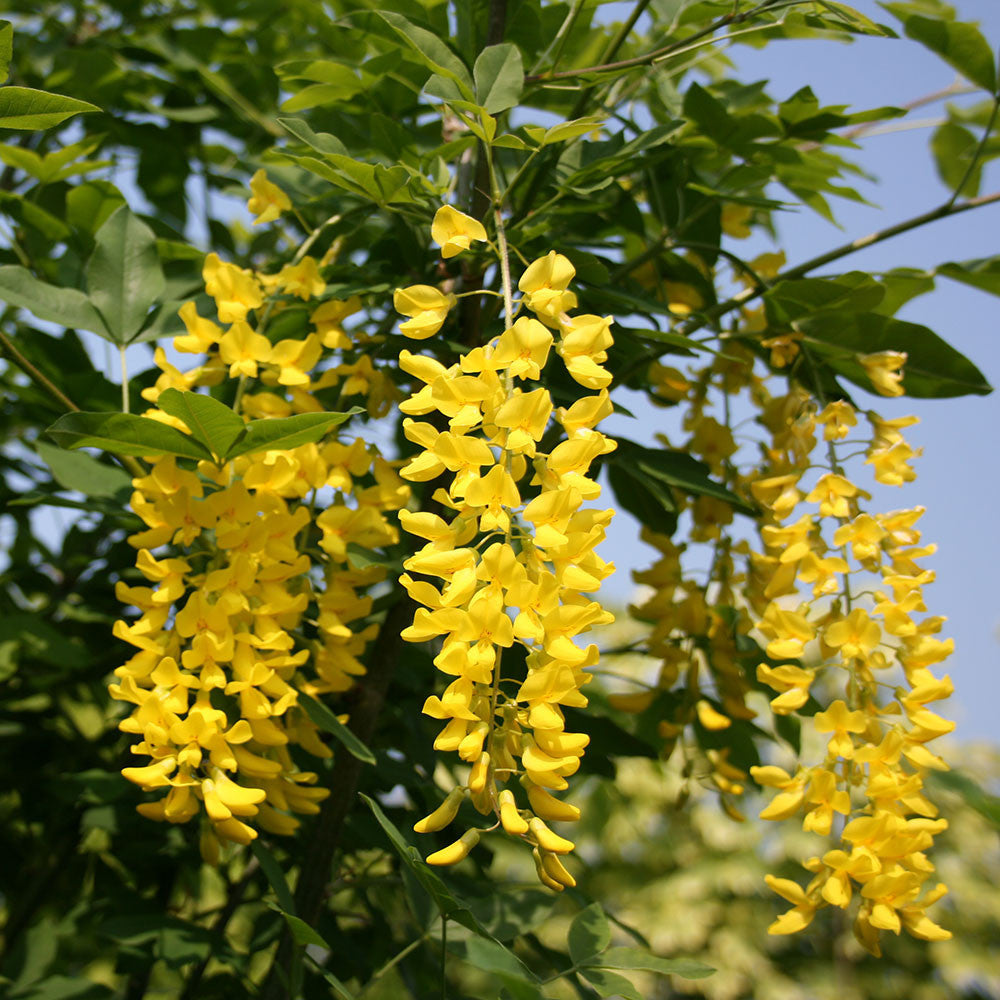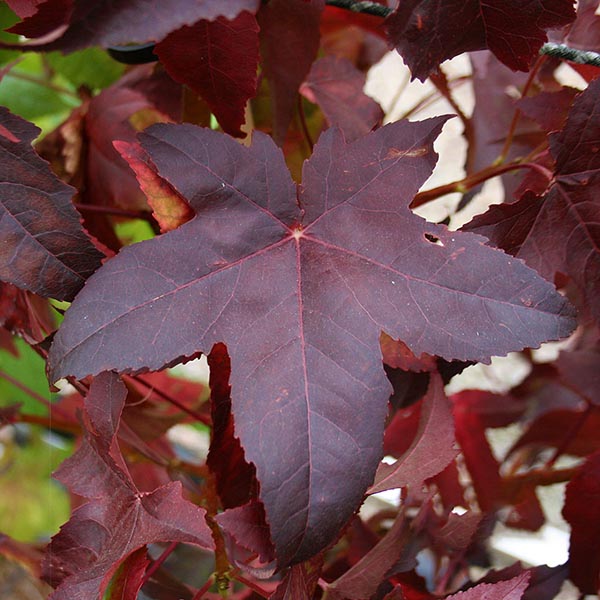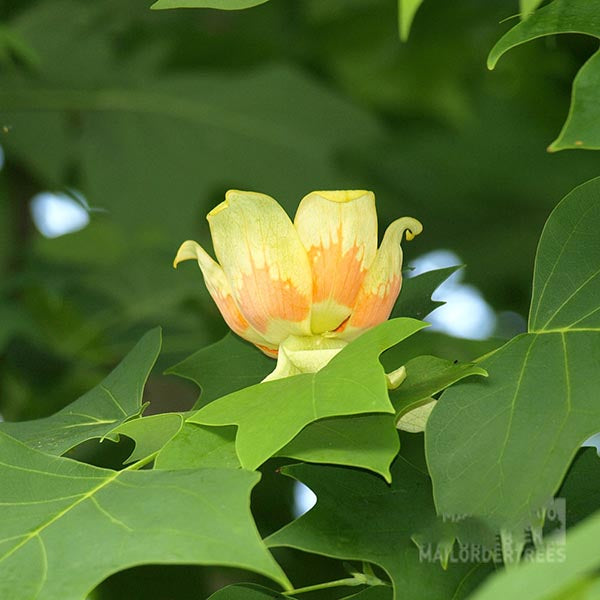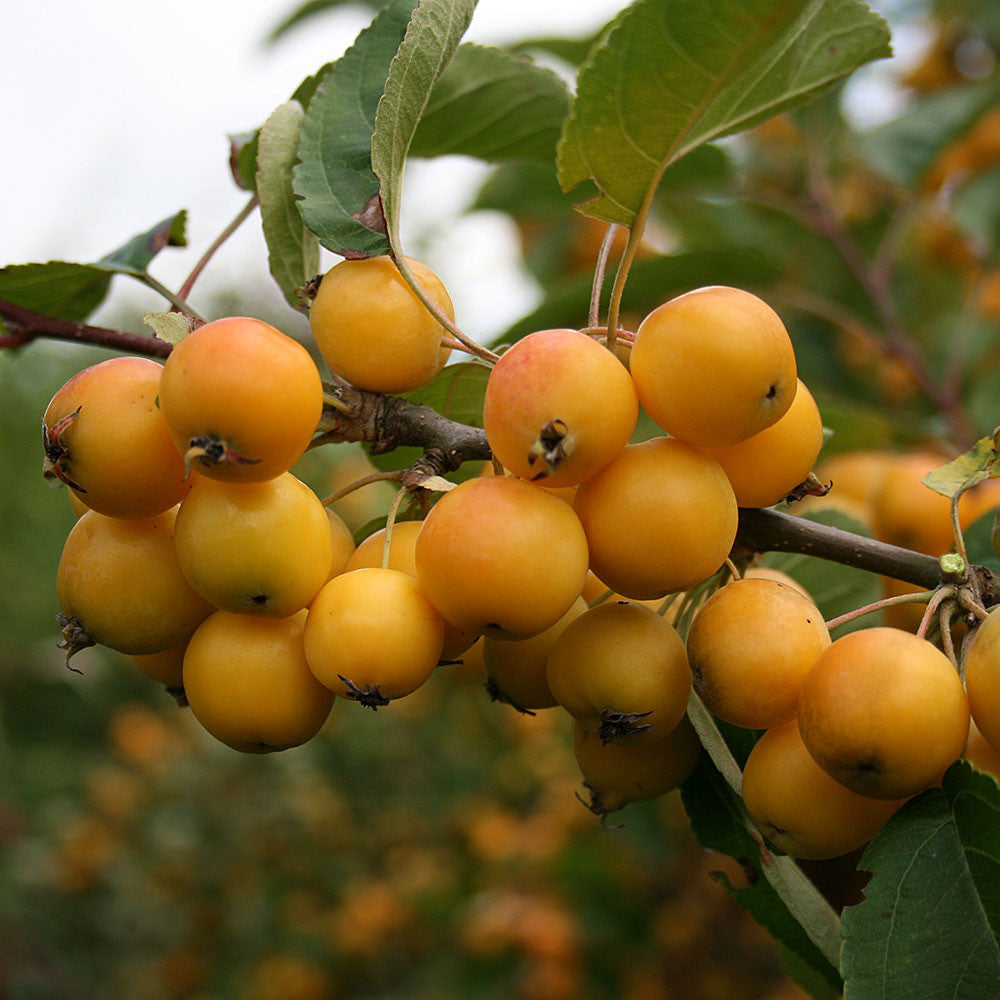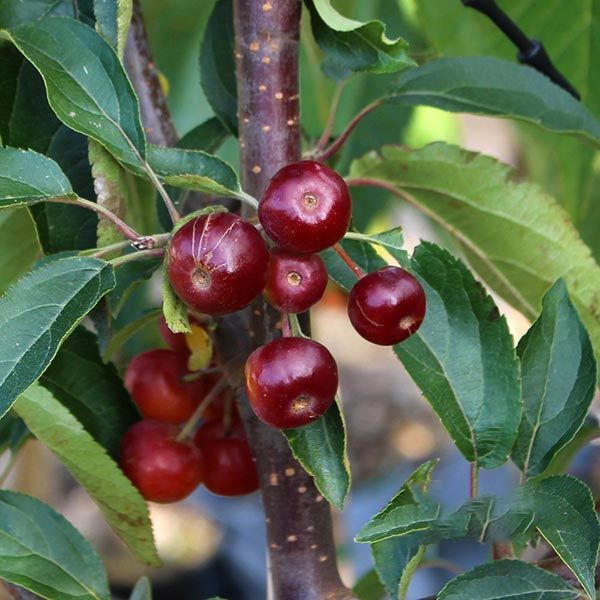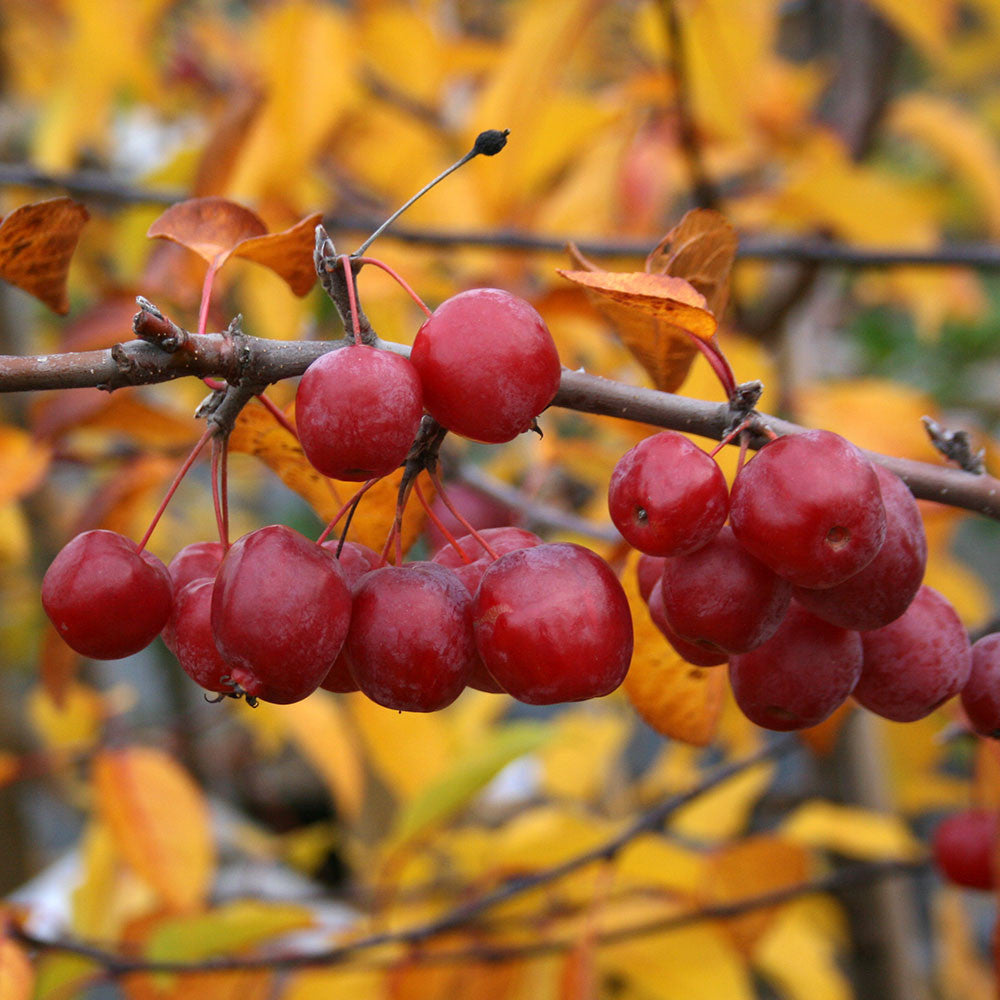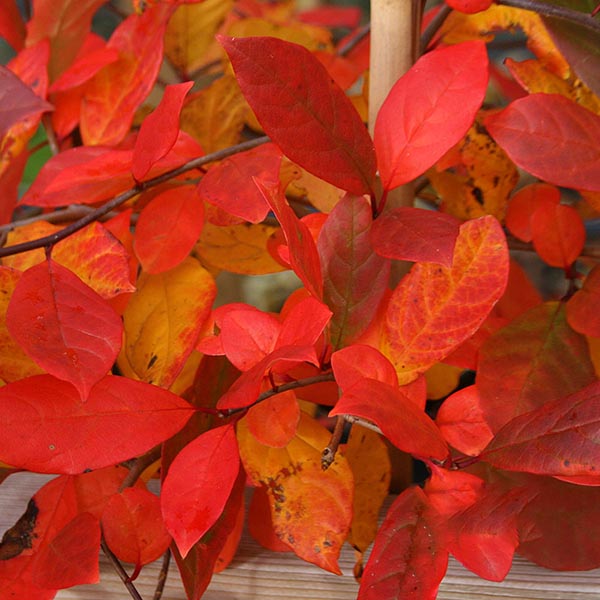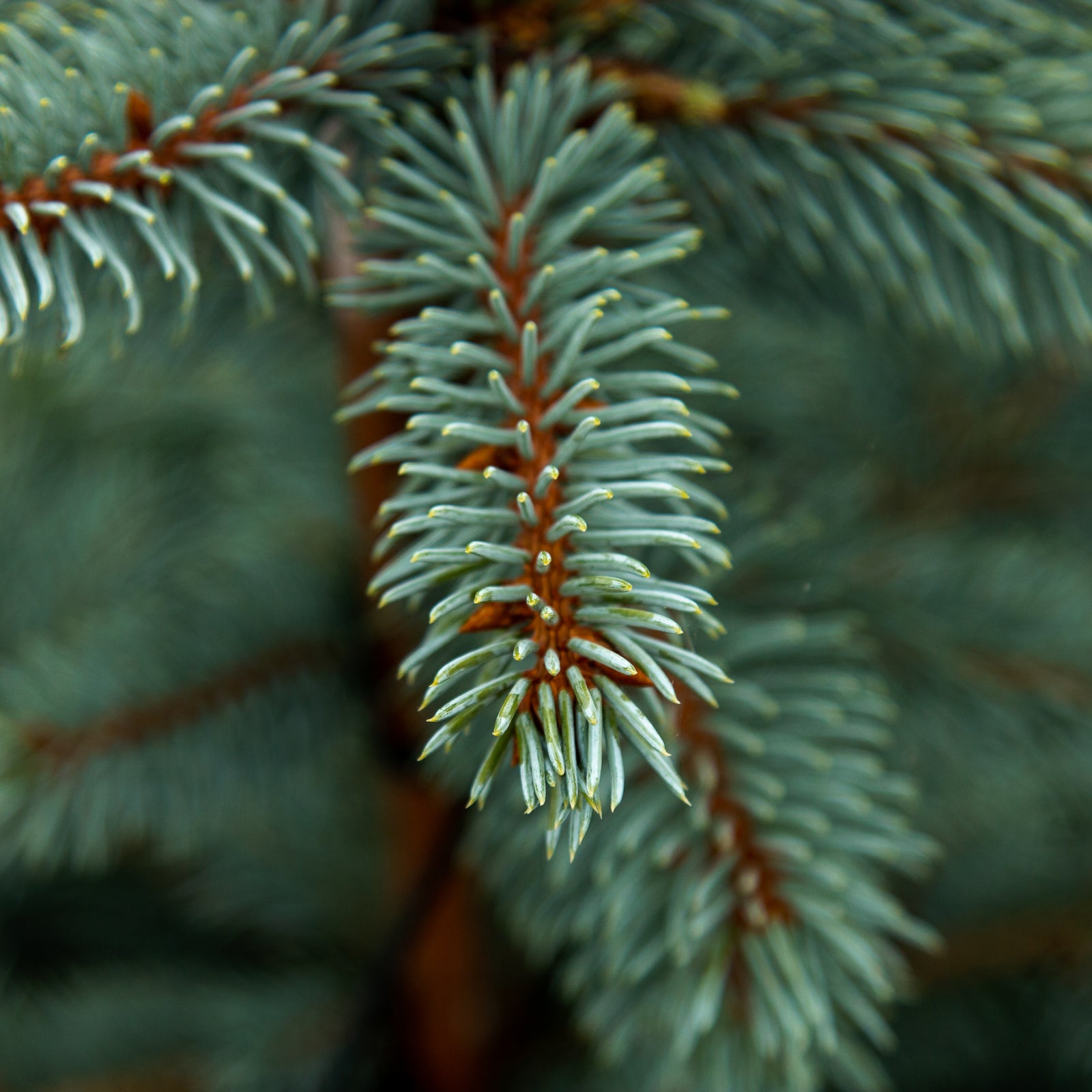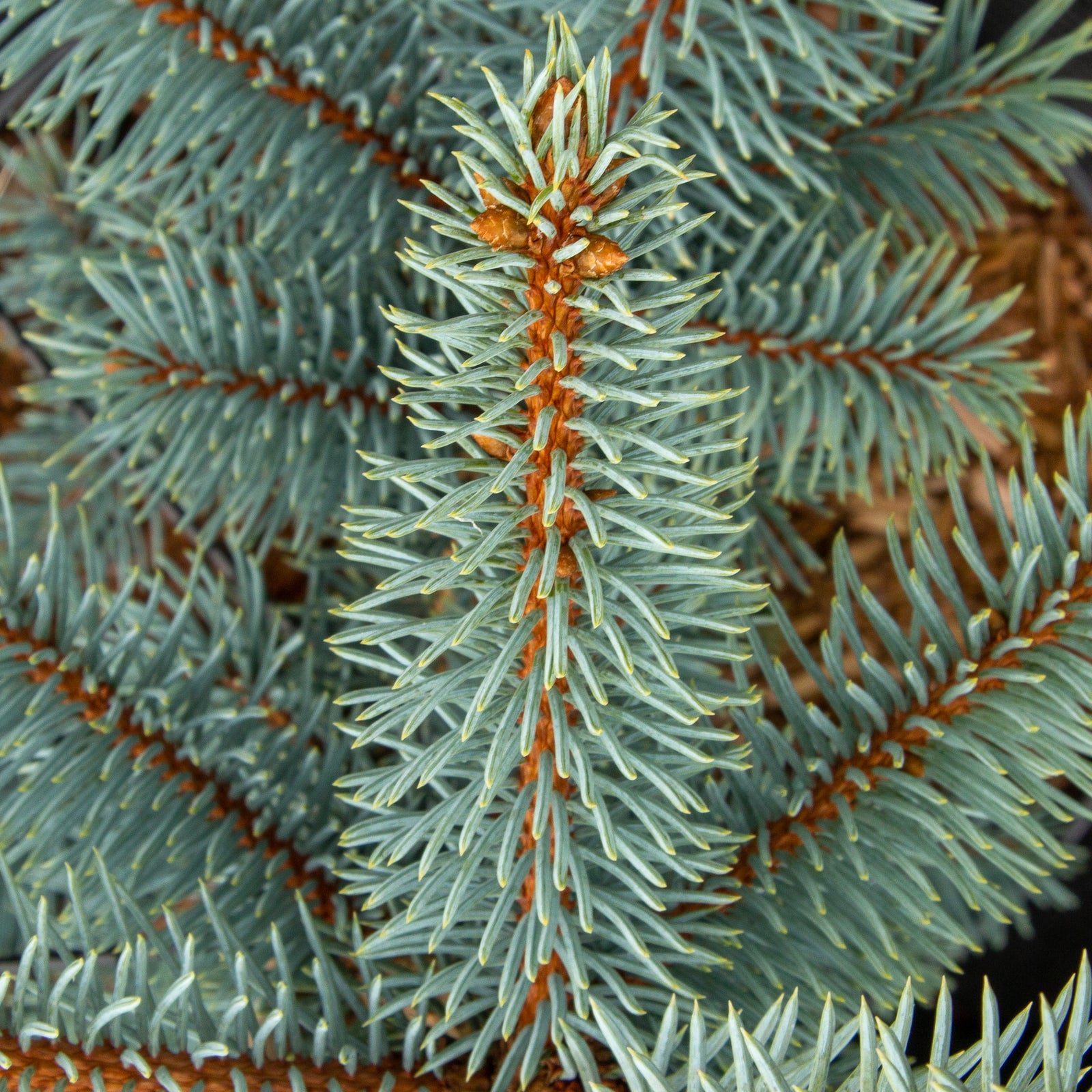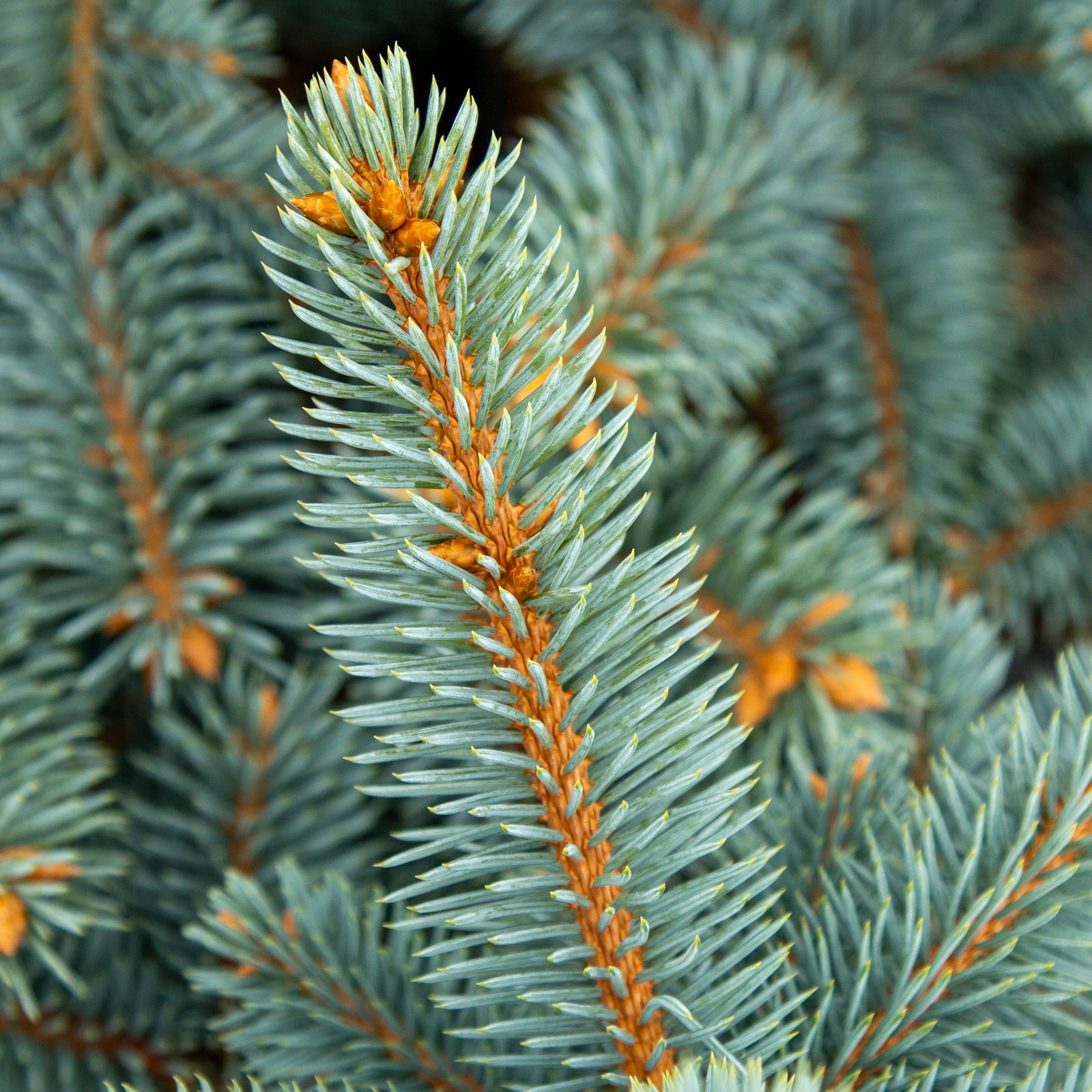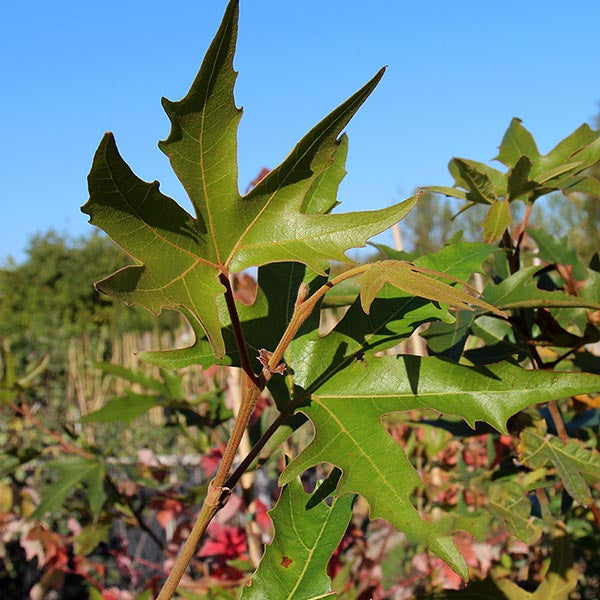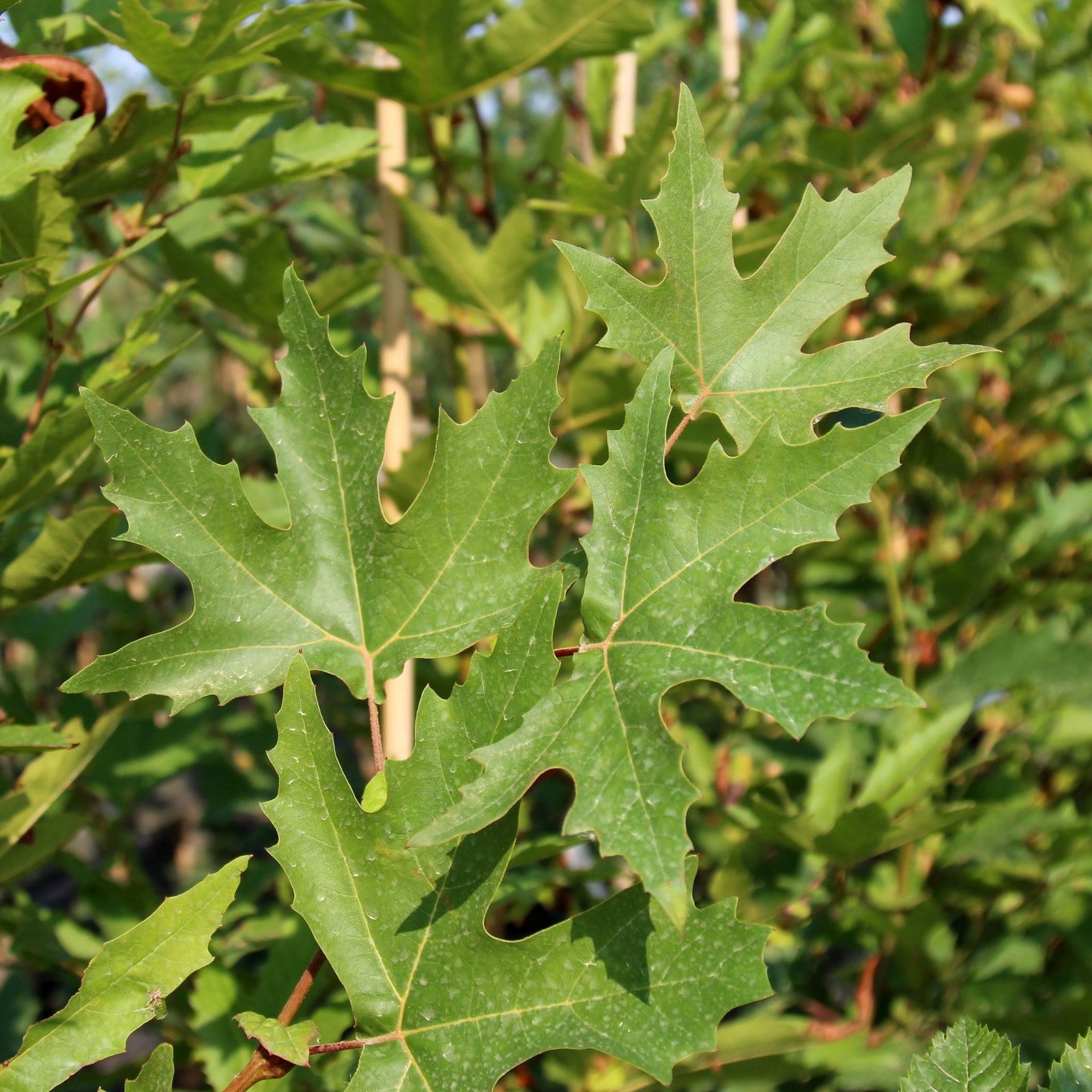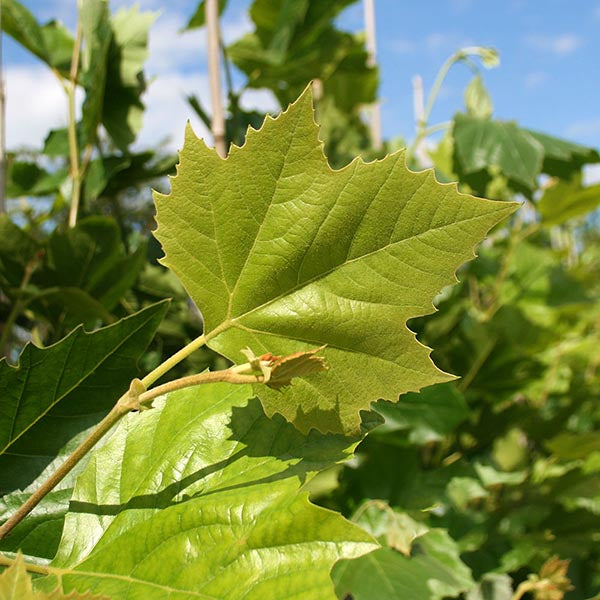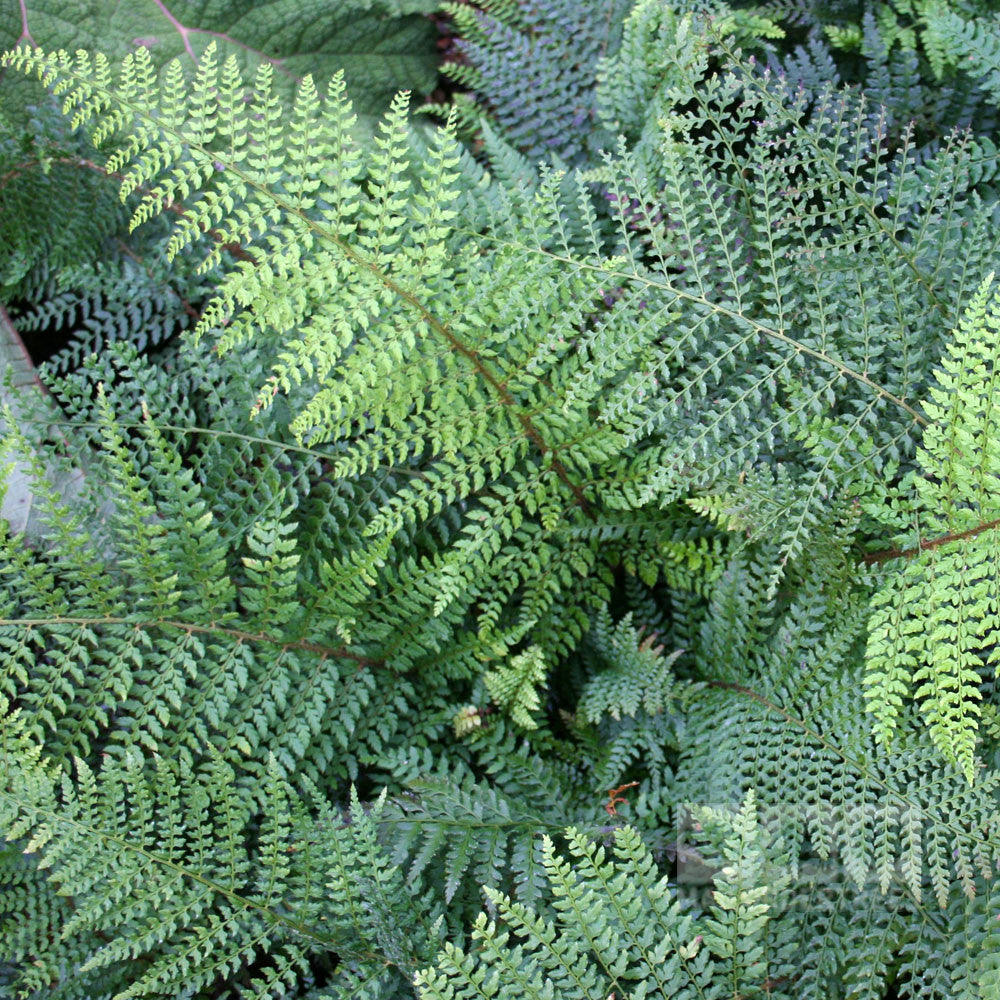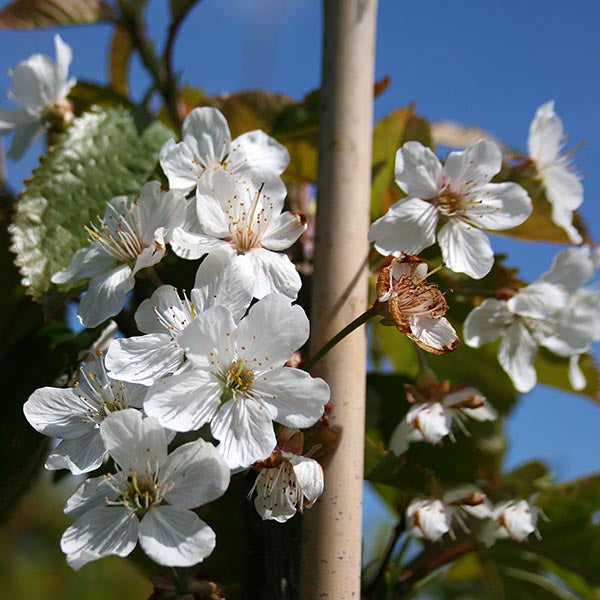Betula Snow Queen
Snow Queen Birch Tree
Common Name: Snow Queen Birch Tree, Himalayan BirchLatin Name: Betula utilis 'Snow Queen' (Betula utilis var. jacquemontii 'Doorenbos')Soil: Moist but well drained soilPosition: Full sun or partial shadeFlowering period/colour: March/Yellowy-brown male catkinsHardiness: Fully hardyHeight and spread in 20 years: 8m/3mSpecial features: Brilliant white bark which develops earlier than other white stem varieties. Very reliable, hardy and attractive specimen
Betula utilis 'Snow Queen' is a fast-growing, medium-sized tree with dazzling, white, peeling bark which appears pale orange when freshly exposed. As with all Birch trees, this tree will be a year round asset to your garden. In spring, vibrant yellow catkins appear amongst the fresh green foliage: the leaves are serrated at the edges and they make the perfect foil for the golden catkins. Come autumn, the leaves turn to deep shades of yellow and buttery bronze before falling. In winter, the true beauty of the bark can be appreciated, and the graceful skeleton of the tree can be fully admired.This tree will become a real feature of your garden and it works well as a garden specimen. Equally, the 'Snow Queen' looks effective when planted in a close group of three. If you want to have contrasting colours in your garden, we would recommend planting the ‘Snow Queen’ alongside ‘Betula Purpurea’, as the rich purple foliage would contrast beautifully with the greens and golds of the 'Snow Queen'.As this tree grows, it will form a narrowly pyramidal shape. The branches maintain their upright habit, meaning that this tree is suitable for the smaller garden. Another key benefit of this birch is the fact that the stunning bark develops on trees that are only three years old, so you don’t have to wait to enjoy the highly ornamental bark. Whilst this tree is somewhat delicate in its appearance, it is a highly robust and hardy tree that is well-suited to a range of locations and conditions.













